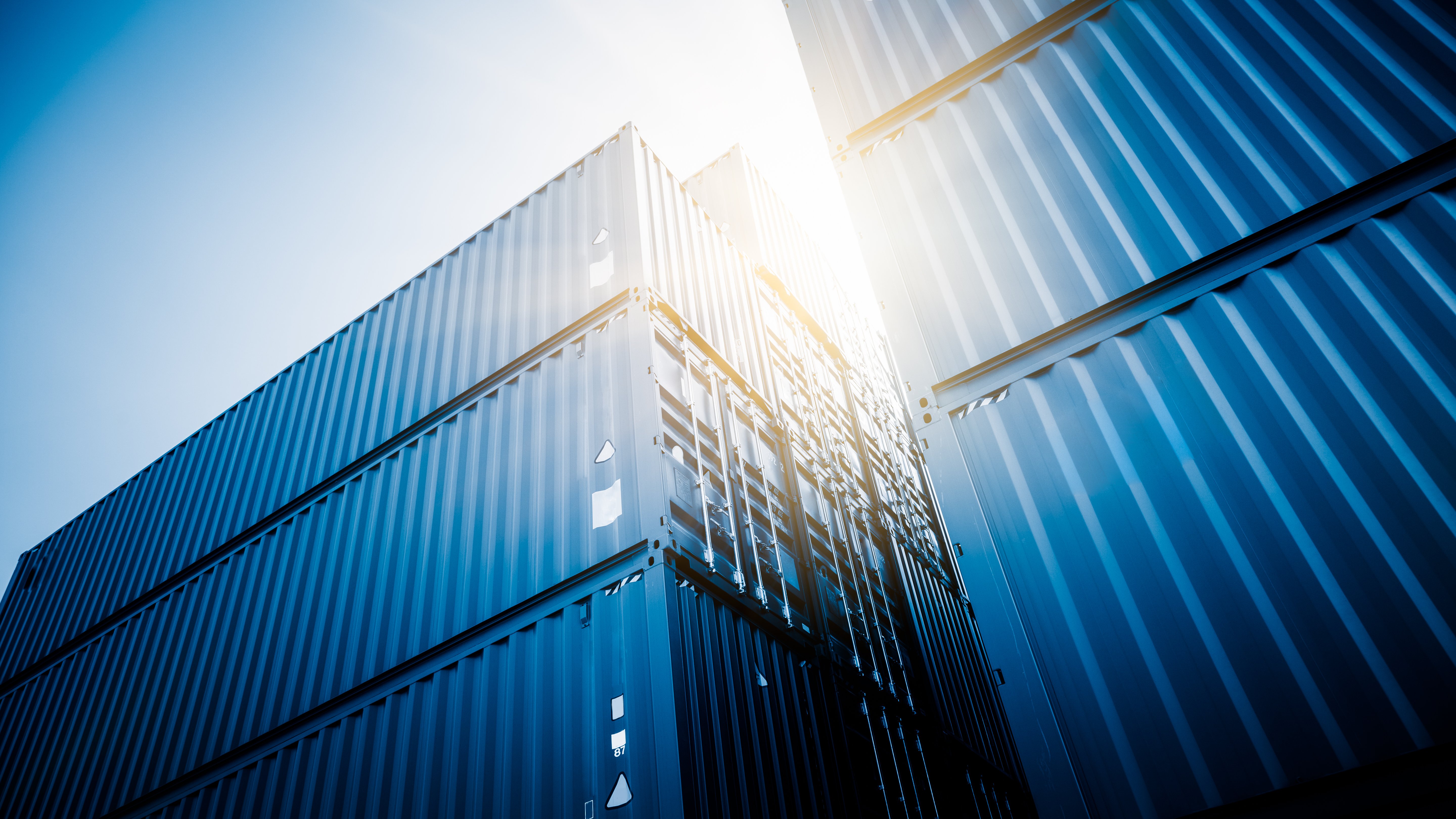Authors: Prof. Thierry Vanelslander and Prof. Dr. Wouter Dewulf (University of Antwerp)
Prof. Tom Van Woensel and Prof. Dr. Alex Van Breedam (Antwerp Management School)
Traditional supply chain strategies were already under pressure from our complex world and global challenges such as climate change. COVID-19 now painfully revealed the shortcomings of some of these strategies while at the same time opening new opportunities. Our experts analyzed the impact of four key trends on current supply chains, showing the way to a more sustainable and resilient supply chain approach post COVID-19.
Trend 1: From offshoring to reshoring / nearshoring
Prof. Thierry Vanelslander: In the past decade, there was already a slow but gradual shift toward intracontinental trade instead of cross-continental trade. This trend is now exacerbated by the COVID-19 crisis. Companies that are not yet applying a real nearshoring strategy, are at least considering it. The reasons are multiple: import duties, transport time and cost, currency value, labor circumstances, language and education, etc. may all contribute to wiping out the cost benefits that once incentivized many CEOs to move production to distant lower-wage countries.

But since moving out, conditions in the destination areas have drastically changed. Nearshoring then does not necessarily imply that activities come back to the same location as the one they once left. In general, four criteria play out when selecting a nearshoring target location: economic, physical, cultural, and administrative distances. Combining those will indicate the best nearshoring location.
Trend 2: From single sourcing to multi-sourcing
Prof. dr. Tom Van Woensel: In recent months, border closures, a highly increased imbalance of transportation flows, a lack of reliable supply, difficulties with quality control, labor shortage, etc. have all led to serious disruptions in the supply chain. In these times of crisis, being dependent on a single source, no matter how cost-effective this may seem, can put an entire organization at risk.
To survive, companies will need to review the resilience of their supply chain and optimize production footprint, locations, and risks. They will have to create scenarios for various product groups and map the impact on customer service levels and end to end costs. They do not have to do this on their own, however, quite the contrary: in the post COVID-19 economy, it will be key to connect within an ecosystem and to collaborate. When it comes to supply chain strategy, the only way forward is to focus on multi-sourcing instead of single sourcing.
Trend 3: International air freight flows
Prof. Dr. Wouter Dewulf: COVID-19 has also severely impacted worldwide air freight flows. Although the demand for air cargo decreased significantly due to lower consumer demand and reduced industrial output, the demand for air cargo, including medical protection material, currently outstrips the supply. Prices for air cargo are rising to fivefold the pre COVID-19 levels and generate a higher revenue per kg than an economy class passenger.
However, this phenomenon will not last. Soon, the medical emergency flows will significantly diminish, and the previously already sluggish intercontinental trade will only pick up slowly. From July onwards, airlines will gradually stage up passenger flights again, hence providing additional belly hold capacity onto the market. The law of demand and supply will prove right again and generate a significantly lower pricing range for air cargo. This trend will last for a long period, and airlines will soon have to live with even lower than pre COVID-19 yields for air cargo.
Trend 4: Resilience in supply chain management
Dr. Alex Van Breedam: Undoubtedly, the COVID-19 crisis will put supply chains resilience in a different perspective. Supply chain resilience requires both the ability to resist to a natural event or a man-made disaster and the capacity to recover and return to normal operations. In general, more resistant supply chains are slower and less agile, while supply chains with a high recovery capacity tend to be more vulnerable. Each company should find a good balance between resistance and recovery based on its risk management strategy.
Until now, most supply chain disruptions affected the demand or the supply side, e.g. the recall of products with a design flaw. For a lot of companies, the COVID-19 crisis started with a supply disruption, as their Chinese contract manufacturers were unable to produce and transport because of the local lockdown. As the lockdown shifted to Europe and the US, customer demand was also dramatically impacted. However, what is unseen and unique to the COVID-19 crisis is the long lockdown, followed by a foreseeably slow and gradual recovery.
Four trends, four opportunities for a sustainable and resilient supply chain
“Never waste a good crisis” also applies to supply chains in times of COVID-19. When analyzing the four major trends, our experts do not just dwell on the current disruptions and dramatic impact. Instead, they look ahead to post COVID-19 times, uncovering the lessons learned and opportunities for a truly sustainable and resilient supply chain.
In the next couple of weeks, we are reaching out to you with extra free online webinars, blogs and guidance on managing change in these disruptive times. We will also elaborate on the 4 trends discussed in this blog.



